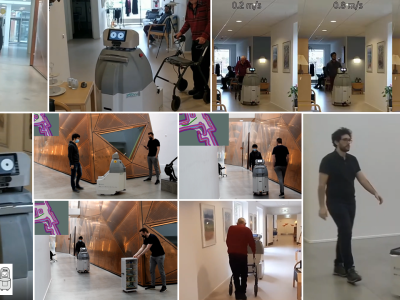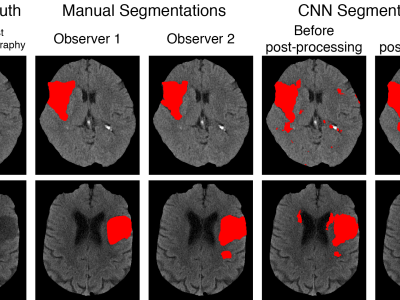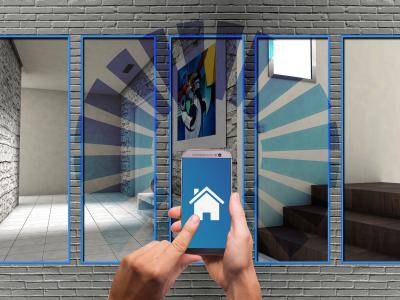
Endurance running is a popular activity due to its accessibility. However, participation is sometimes prevented by individuals experiencing respiratory problems. Monitoring breathing with body area networks can tackle these issues by tracking respiration during exercise and providing immediate, guiding feedback. Common breathing guidance systems rely on observational data from past breath cycles and consequently inherit disruptively lagging guidance interventions if breathing pattern suddenly change.
- Categories:





